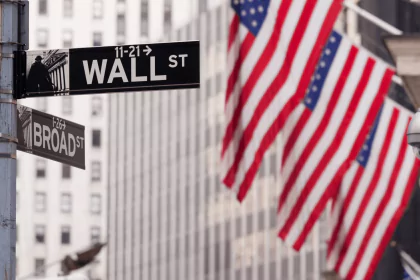In recent developments, some of the world’s largest banks are re-evaluating their commercial real estate (CRE) loans in light of new environmental regulations. These changes, primarily driven by the European Union’s new Energy Performance of Buildings Directive (EPBD), are setting the stage for a significant transformation in how banks manage and finance their CRE portfolios.
The signals from the regulators are clear,”
says Roxana Isaiu from GRESB The EPBD, part of the EU’s broader net-zero emissions strategy, mandates stricter energy efficiency standards for buildings. As a result, banks such as BNP Paribas SA, Barclays Plc, and Banco Santander SA are now compelled to reassess the carbon footprint of their real estate assets and the financial implications of necessary upgrades. This directive aims to reduce the emissions intensity of commercial properties by up to 41% by 2030, posing a substantial challenge for financial institutions.
BNP Paribas, the EU’s largest bank, is at the forefront of this shift, aiming to cut the emissions intensity of its CRE portfolio significantly. The bank’s strategy includes setting rigorous climate impact criteria for new loans and increasing its financing for green assets. Other banks, including Santander and Barclays, are also making strides in aligning their portfolios with these green mandates.
New Standards and Financial Impacts
The EPBD requires commercial buildings to meet high energy efficiency standards, with about 85% of the EU’s buildings built before 2000 needing substantial upgrades. These upgrades are not only costly but also critical for compliance. Banks face a pressing need to navigate these changes, as failing to meet the standards could lead to properties becoming unsellable or unrentable, thus turning them into stranded assets.
Roxana Isaiu from ESG data provider GRESB highlighted that banks are increasingly consulting her firm to better understand and meet these green requirements. The financial impact of these regulations is significant, as many older buildings require extensive retrofitting to improve their energy performance.
Diverse Approaches and Challenges
Different banks are adopting various strategies to address these challenges. For instance, Barclays aims to reduce the emissions intensity of its UK CRE portfolio by 51% by 2030, while Santander is in the process of analyzing the emissions risk of its CRE assets. Despite these efforts, the implementation of such measures varies across regions due to differing national regulations and the complexity of the real estate market.
The costs associated with these retrofits are rising, with experts like Sven Bienert from the Carbon Risk Real Estate Monitor warning that many banks have yet to realize the full financial implications. These costs are a significant risk to banks’ balance sheets, potentially diminishing the value of their collateral.
Future Implications and Strategic Shifts
The transition to a lower-carbon economy heavily relies on the retrofitting of existing building stock. BNP Paribas, for example, has emphasized the need for a significant acceleration in renovations to meet future standards. This shift not only affects loan provisions but also impacts bond underwriting practices, with a growing emphasis on green bonds.
For lenders, this is a significant risk on their balance sheets,”
emphasizes Sven Bienert Moreover, banks that lag in adopting these green standards risk regulatory penalties and climate litigation. BNP Paribas is already facing a climate lawsuit in France, highlighting the increasing legal risks associated with non-compliance.
Conclusion
The evolving landscape of green regulations in the commercial real estate sector presents both challenges and opportunities for global banks. As institutions like BNP Paribas, Barclays, and Santander navigate these changes, their strategies will significantly influence the future of CRE financing and sustainability in the banking sector.












